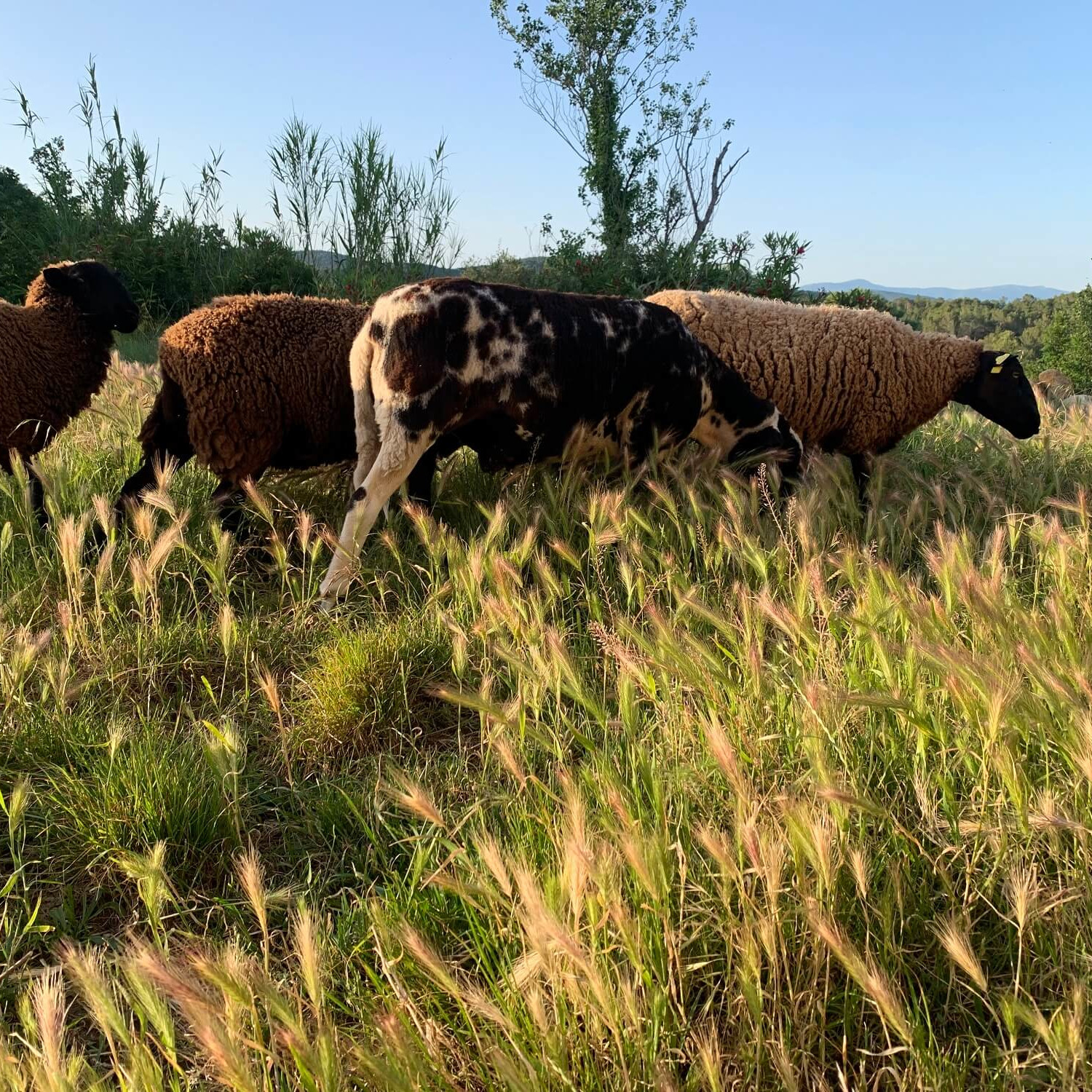How-to: Dealing with suffering and death
One of our aims is to share our experiences and views with others who are also interested in setting up an animal sanctuary. To that end, we will occasionally address a topic in a “how-to” post on the blog.
One reason for these posts is that we also found such information super valuable. However, there is far too little of it in our opinion. When visiting or working on sanctuaries, you can sometimes gain a lot of experience, but there is often little time to discuss a topic in peace and quiet.
This is what we are trying to do here, and we are starting with what we consider to be the most difficult topic: Dealing with the suffering and death of animals. Because even if the social media posts – like ours – of course often show the beautiful and funny moments with the animals, you also often must deal with illness, suffering and death.
The last few weeks have been very hard for us because a virus spread by mosquitoes is currently causing havoc among sheep in Catalonia, which leads to a 50% death rate among infected sheep. 5 of our sheep have died from it, including Mekki, who we recently introduced in the first blog post as the origin of our farm and who naturally had a particularly close relationship with us and us with him. His battle with the virus lasted for days and just when we were beginning to hope that he could win the fight, he died.
But beyond such exceptional disasters, it is also quite natural for a sanctuary to have animals that are at a high risk of suffering from some chronic disease and of dying soon. After all, many animals (especially “farm animals”) are only coming to sanctuaries because they have become old and “useless”, or are young but too weak or something similar.
Thus, you have to honestly ask yourself whether you can deal with this to some extent. In the worst case, you must also be able to make the decision to help an animal to pass the rainbow bridge. Most people who are considering setting up a sanctuary will probably have had similar experiences with dogs, cats or other pets and that may help to answer the question.
In the end, it’s up to each individual to decide for themselves whether they are prepared to do this 10 or more times a year. But you should definitely think about the question for a while. For us, the joy of giving our animals the chance to enjoy their lives in freedom and in nature for at least a while always outweighs the tough and sad phases. And that’s why here’s another picture of Mekki full of lust for life to go with this post, and in the next few days we’ll post more of him and Peque, Loca, Cassandra and Dotti on Instagram.


Leave a Reply